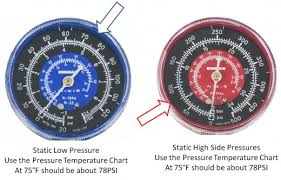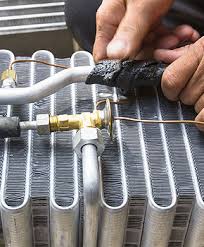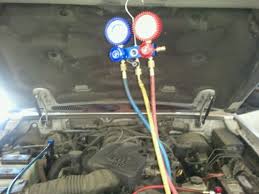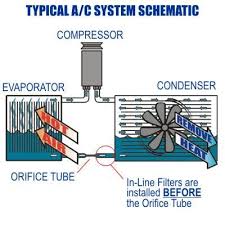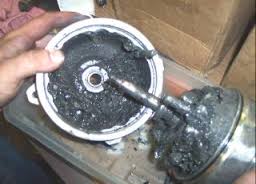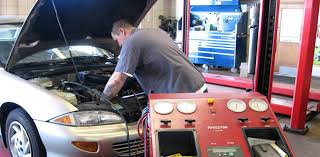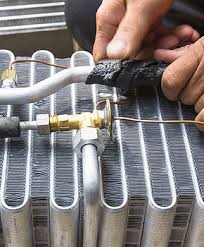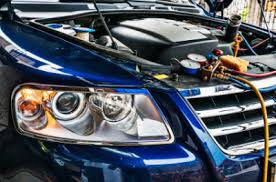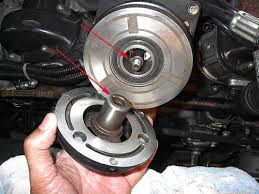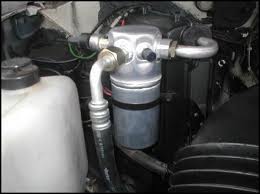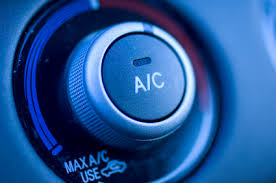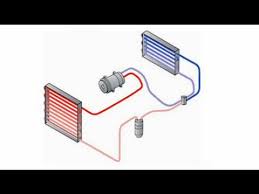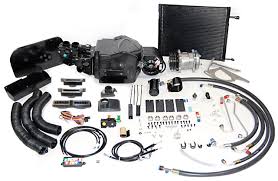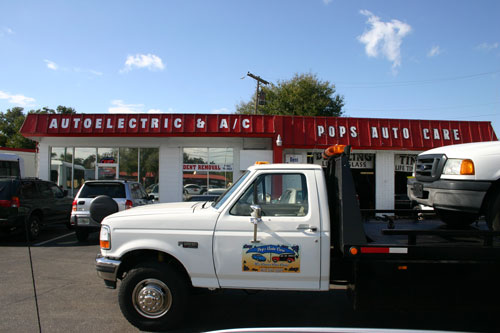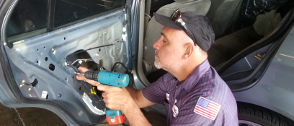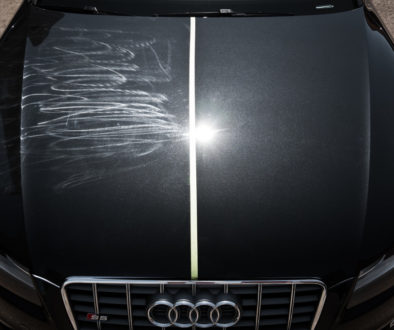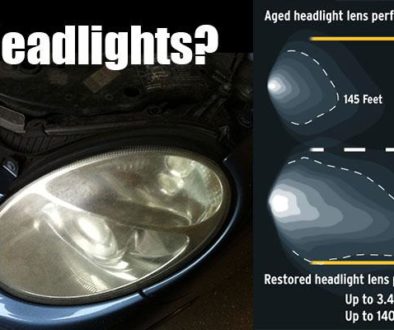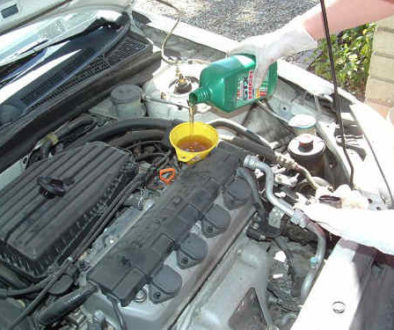Auto AC System Problems With Freon
 Checking Auto AC System for Freon Levels and Problems In Orlando Florida
Checking Auto AC System for Freon Levels and Problems In Orlando Florida
There are many parts to an Auto AC System, and here in Florida the Auto AC System is in use 365 days a year. In Orlando Florida Pops Auto Electric is the most reliable place to get your Auto AC System repaired quickly, correctly and at a reasonable rate. We are going to offer a series of blogs on the different parts of an Auto AC System that can go wrong.
The first area of concern, and the easiest fix is low Freon, but be aware, low Freon can be a symptom, and if you don’t know what you are doing, you can seriously damage other parts of you Auto AC System, cause more work and expense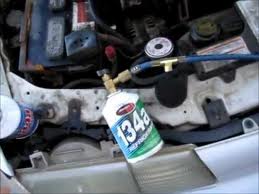 than to have a professional do it in the first place.
than to have a professional do it in the first place.
That said, here is everything you need to know to check your Freon, and charge the system like a pro. Please note that we suggest professional equipment for this job, and remind you that using inexpensive cans from discount stores, may seriously damage your Auto AC System.
Step 1: Freon check
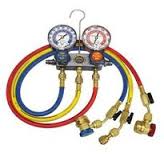 You will need a set of professional manifold gauges to check you Freon pressure.
You will need a set of professional manifold gauges to check you Freon pressure.
Here are some general guideline for Auto AC System pressures and temperatures based on ambient outside temperature. Remember that these are a guideline and your actual Auto AC System temperatures and pressures will vary depending on humidity in the air and the condition of your Auto AC System. When running the car at idle to check the Freon level it is a good idea to have a water hose handy and spray water on the Auto AC System condenser. The condenser is located in front of the radiator.
For vehicles currently running with Freon R-134a only
Outside—–low side——-High side——Center vent temp
60 F —–28-38 psi—-130-190 psi —-44-46 F
70 F ——30-40 psi —190-220 psi —-44-48 F
80 F ——30-40 psi —190-220 psi —-43-48 F
90 F ——35-40 psi —190-225 psi —-44-50 F
100 F —–40-50 psi —200-250 psi —-52-60 F
110 F —–50-60 psi —250-300 psi —-68-74 F
120 F —–55-65 psi —320-350 psi —-70-75 F
_
You can also use this good rule of thumb with R134a, run fan on High with all windows open and engine at 1500 rpm.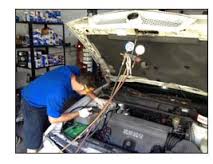 High side pressure in PSI should be about 2.2 to 2.5 times outside air temperature in degrees F. Example if it’s 90 degrees F, high side should be no higher than 225PSI
High side pressure in PSI should be about 2.2 to 2.5 times outside air temperature in degrees F. Example if it’s 90 degrees F, high side should be no higher than 225PSI
Above is a useful trouble shooting chart for an Auto AC System currently running on Freon R-134a
Trouble shooting
Low Compressor Discharge Pressure
1. Leak in Auto AC System
3. Suction valve closed
4. Freon shortage
5. Plugged receiver drier
6. Compressor suction valve leaking
7. Bad reed valves in compressor
Repair
1. Repair leak in Auto AC System
3. Open valve
4. Add Freon
5. Replace drier
6. Replace valve
7. Replace reed valves
High Compressor Discharge Pressure
1.Air in Auto AC System
2. Clogged condenser
3. Discharge valve closed
5. Insufficient condenser air
6. Loose fan belt
7. Condenser not centered on fan or too far from radiator
Repair
1. Recharge Auto AC System
3. Open valve
4. Remove some refrigerant
5. Install large fan
6. Tighten fan belt
7. Center and check distance
Low Suction Pressure
1. Refrigerant shortage in Auto AC System
3. Compressor head gasket leaking
4. Kinked or flattened hose
5. Compressor suction valve leaking
6. Moisture in system
7. Trash in expansion valve or screen
Repair
1. Add refrigerant to Auto AC System
3. Replace head gasket
4. Replace hose
5. Change valve plate
6. Replace drier
7. Replace drier
High Suction Pressure
1. Loose expansion valve on Auto AC System
3. Expansion valve stuck open
4. Compressor reed valves
5. Leaking head gasket on compressor
Repair
1. Tighten valve on auto AC System
2. Remove some refrigerant
3. Replace expansion valve
4. Replace reed valves
5. Replace head gasket
Compressor Not Working
1. Broken belt that operates Auto AC System
2. Broken clutch wire or no 12v power
3. Broken compressor piston
4. Bad thermostat
5. Bad clutch coil
6. Low Refrigerant – low pressure switch has cut off clutch power
Repair
1. Replace belt on Auto AC System
2. Repair wire or check for power
3. Replace compressor
4. Replace thermostat
5. Replace clutch coil
6. Add refrigerant
Evaporator Not Cooling
1. Frozen coil, switch set too highon Auto AC System
3. Hot air leaks into car
4. Plugged receiver drier
5. Capillary tube broken
6. Shortage of refrigerant
7. High head pressure
8. Low suction pressure
9. High suction pressure
10. Defective expansion valve
11. Frozen expansion valve
Repair
1. Turn thermostat switch back on Auto AC System
2. Tighten belt
3. Check for holes or open vents
4. Replace drier
5. Replace expansion valve
6. Add refrigerant
7. See problem #2
8. See problem #3
9. See problem #4
10. Replace expansion valve
11. Evacuate and replace drier
Frozen Evaporator Coil
1. Faulty thermostat on Auto AC System
2. Thermostat not set properly
3. Insufficient evaporator air
Repair
1. Replace thermostat on Auto AC System
2. Set to driving condition
3. Check for excessive duct hose length, kink or bend.
If you can’t get your Auto AC System to turn on then use this chart to determine if you are low on Freon. Remember that this is a general char and will vary for different makes and model cars and refrigeration units
Temperature ——————-134a Pressure(Psig)
-60.0———————————-21.6*
-55.0 ———————————–20.1*
-50.0 ———————————- 18.5*
-45.0 ———————————– 16.7*
-40.0 ———————————– 14.6*
-35.0 ———————————– 12.3*
-30.0 ———————————– 9.7*
-20.0 ———————————— 3.5*
-15.0 ———————————— 0.1
-10.0 ———————————— 2.0
-5.0—————————————–4.2
0—– ————————————- 6.5
5.0 —————————————- 9.2
10.0 ————————————- 12.0
15.0————————————–15.1
20.0 ————————————–18.5
25.0 ————————————- 22.2
30.0 ————————————–26.1
35.0 ————————————–30.4
40.0—————————————35.1
45.0—————————————40.1
50.0 ————————————–45.5
55.0—————————————51.2
60.0————————————— 57.4
65.0—————————————-64.1
70.0————————————— 71.1
75.0 —————————————78.7
80.0————————————— 86.7
85.0————————————— 95.3
90.0 ————————————– 104.3
95.0—————————————114.0
100.0 ————————————-124.2
105.0————————————–135.0
110.0————————————–146.4
115.0————————————–158.4
120.0————————————–171.2
125.0————————————–184.6
130.0————————————–198.7
135.0————————————- 213.6
140.0————————————–229.2
145.0 ————————————- 245.5
150.0————————————– 262.9
155.0————————————– 281.1
160.0—————————————300.0
– (in Hg) Vacuum
POPS AUTO ELECTRIC & AC REPAIR
Address:
Pops Auto Electric & AC
4704 S. Orange Ave
Orlando, FL 32806
Phone:
407.857.8579 
407.420.1244

